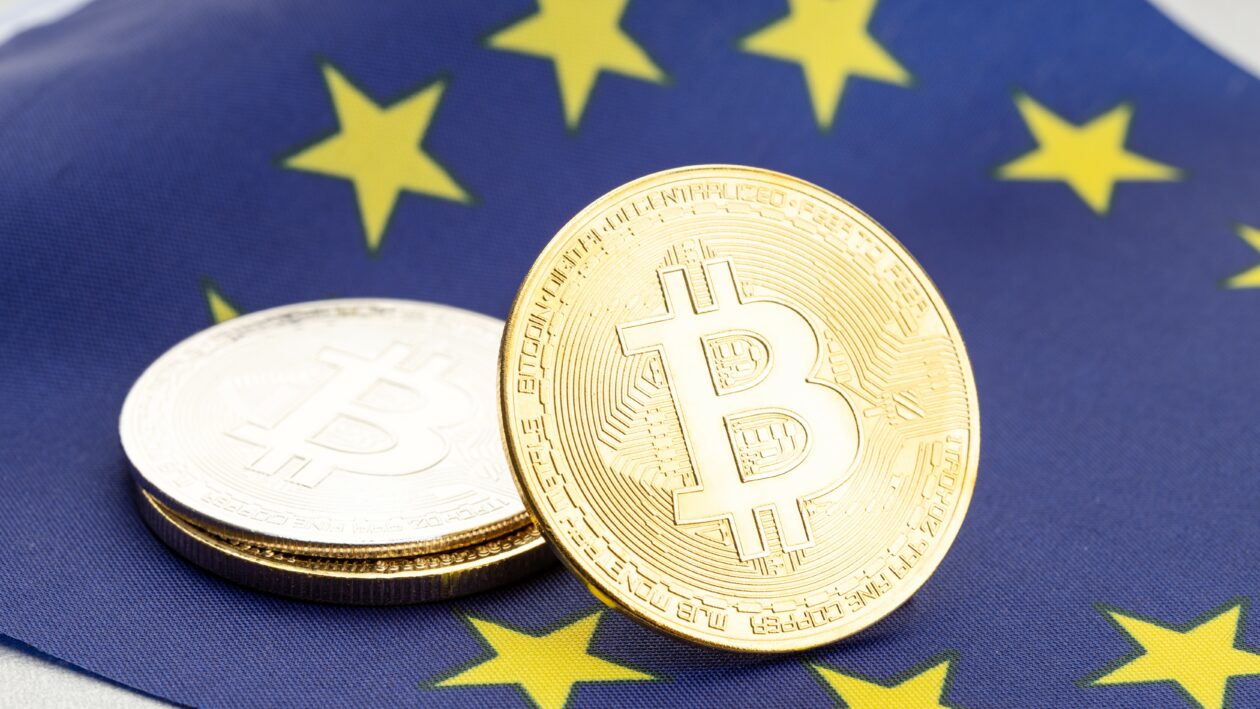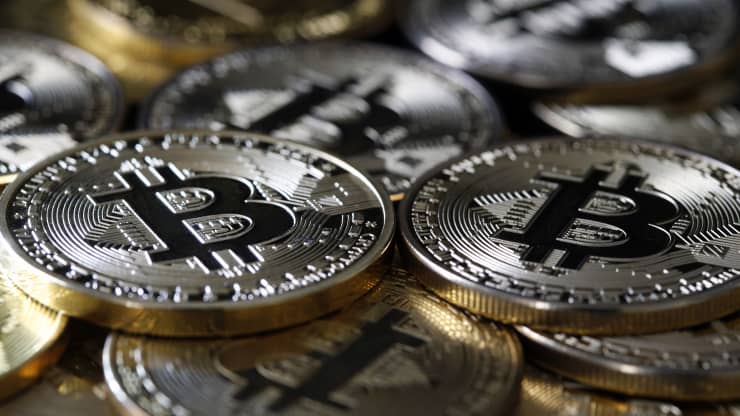The donors and supporters of the Vatican Library will stand a chance to receive some NFTs as rewards for their contributions.
The Vatican Library has disclosed its intention to expand its utilization of Web3 technologies by providing its benefactors with non-transferable NFTs (non-fungible tokens). The Library will give these NFTs to benefactors contributing to its manuscript collections.
The Vatican Library recently clarified that the initiative is only “experimental.” Consequently, the NFTs are only available to donors from Italy.
NFTs from the Vatican Library
A “Silver NFT” will be awarded to each Italian individual who assists in promoting the NFT initiative on their social media accounts through July 16. They will access a specially curated collection of high-resolution images of 15 library manuscripts through the non-fungible token. The Library will provide financial benefactors with a “Gold NFT,” granting them access to 21 high-resolution images of manuscripts in the collection.
Father Mauro Mantovani, the prefect of the Vatican Apostolic Library, has stated that the Vatican’s patrimony necessitates “special attention and dedication” to ensure its ongoing preservation and promotion. The Vatican has indicated that it may increase its utilization of technology to promote the Library in the future. This may involve enabling individuals to visit the Library through immersive extended reality (XR) technology, which utilizes virtual or augmented reality.
The Vatican also uses Web3 technology and NFTs to preserve and archive its content. Japanese multinational technology services provider NTT Data disclosed a partnership with the Vatican Library in an official release last April to digitize the Library’s asset collection. The Vatican Library Web3 Support Project was jointly initiated by them to guarantee the preservation of the collection’s valuable items and to facilitate their accessibility to the general public.
Digitizing the Vatican’s Collection
NTT Data manages the initiative through its Advanced Museum Library Archives Deposit (AMLAD). The Japanese company established AMLAD to safeguard and disseminate valuable manuscripts, engravings, ancient books, and other data held by libraries, archives, museums, and enterprises. NTT Data employs AMLAD to digitize and curate the data, enabling it to be indexed and searchable on smartphones, desktops, and other devices. Since 2014, the Vatican Library and AMLAD have collaborated on digitization, as per NTT Data.
Public Accessibility Standards on a Global Scale
According to NTT Data, the AMLAD solution utilizes various sophisticated technologies and tools, such as digital restoration, metadata administration, and 3D scanning. The organization is confident that this guarantees that all digital representations of cultural artifacts are as precise and detailed as possible. The AMLAD instrument is not limited to libraries, museums, and galleries.
Additionally, AMLAD is digitized by international library classifications and data structures to guarantee adherence to global standards. AMLAD also considers the Vatican Library’s unique regulations.
The Library currently maintains approximately 180,000 manuscripts and over 1.5 million printed volumes. In addition, it holds approximately 9,000 incunabula, over 200,000 photographs, over 150,000 prints, and at least 300,000 coins and medals. Although the current Library is believed to have been established in the 14th century, there is sufficient evidence to suggest that the Catholic Church has maintained a library since the 300s.



